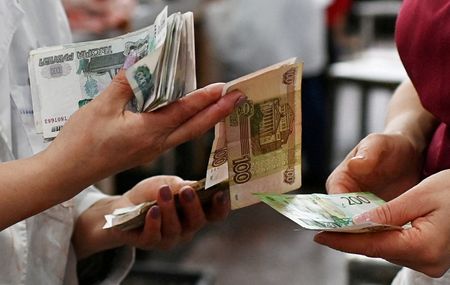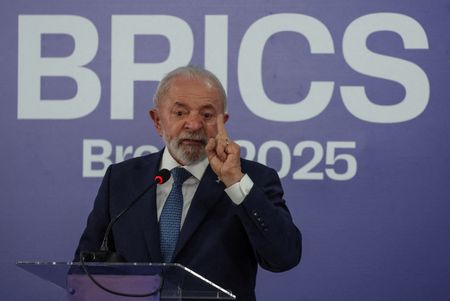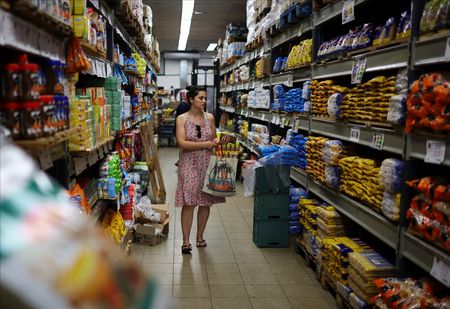By Alexander Marrow
MOSCOW (Reuters) – The rouble pulled away from its weakest mark since late January on Monday in topsy-turvy trade, attempting to recover from its sharpest drop in nearly two years on Friday, after Russia proposed more diplomacy over European security concerns.
Moscow has dismissed renewed fears of an imminent incursion into Ukraine as Western hysteria, and repeatedly denied plans to invade.
On Monday, Foreign Minister Sergei Lavrov suggested to President Vladimir Putin that Moscow continue with diplomacy.
By 1407 GMT, the rouble was 0.8% stronger against the dollar at 76.74, swinging from 78.29, a level last seen on Jan.
28, to as strong as 75.93 during a volatile session.
The rouble had weakened sharply last month to a near 15-month low of 80.4125 on the Ukraine crisis.
It had pared those losses in recent weeks, hitting its strongest level on Thursday since early 2022, before falling again on Friday after the United States urged all its citizens to leave Ukraine within 48 hours.
“It makes sense to eliminate risks related to Russia to a maximum and to not take any active moves with Russian assets before the risk of a military scenario is gone,” said Evgeny Suvorov, an economist at CentroCreditBank.
Against the euro, the rouble strengthened 1.1% to 86.62 after touching its weakest level since Jan.
27 of 88.6950.
Ukrainian and Russian dollar-denominated government bonds tumbled to the lowest of the crisis so far. Yields on Russia’s benchmark 10-year rouble-denominated OFZ bonds hit 10.17%, their highest since February 2016.
Yields move inversely to prices.
FUNDAMENTAL SUPPORT
Even though the rouble is vulnerable to geopolitical fears, it retains fundamental support from Russia’s record strong current account surplus fuelled by high commodity prices.
It is also supported by the central bank’s monetary tightening that, in theory, makes investing in rouble assets more attractive.
Russia jacked up its key interest rate to 9.5% last week and indicated a further rate increase was likely.
Brent crude oil, a global benchmark for Russia’s main export, was down 0.6% at $93.84 a barrel, earlier hitting a more than seven-year high.
Russian stock indexes fell to their lowest since late January.
The dollar-denominated RTS index was down 2.2% at 1,437.8 points. The rouble-based MOEX Russian index 1.5% lower at 3,492.0 points.
“Russian equities are again trading under pressure against the backdrop of more and more worrying news headlines around the Ukraine crisis,” said Aton investment management firm.
(Reporting by Alexander Marrow; Additional reporting by Andrey Ostroukh and Katya Golubkova; editing by Jane Wardell, Andrew Cawthorne and Tomasz Janowski)










